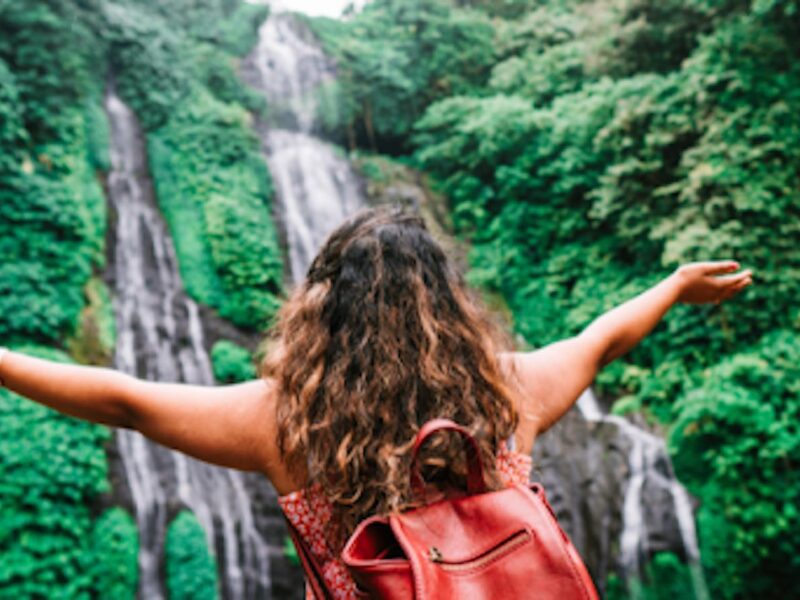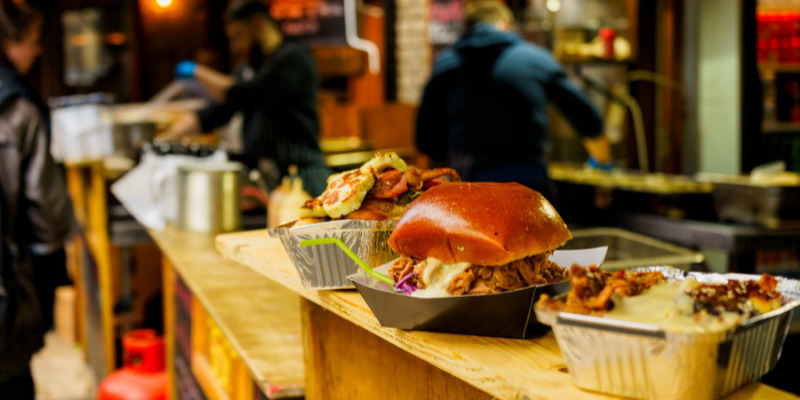
The Ultimate Guide To Vietnam Travel: Tips And Recommendations
Are you planning a trip to Vietnam? This beautiful country has so much to offer, from stunning landscapes to delicious cuisine and rich culture. Whether you’re a first-time traveler or a seasoned adventurer, this ultimate travel guide to Vietnam has everything you need to know to make your trip a success.
Introduction
Vietnam is a popular travel destination, known for its natural beauty, history, and culture. From the bustling cities of Hanoi and Ho Chi Minh City to the serene countryside and beaches, Vietnam has something for everyone. However, with so much to see and do, planning a trip can be overwhelming. That’s where this ultimate guide to Vietnam travel comes in – to provide you with all the tips and recommendations you need for a memorable trip.
The Ultimate Guide to Vietnam Travel: Tips and Recommendations
Before you embark on your journey to Vietnam, it’s important to do your research and plan ahead. Here are some essential tips and recommendations to keep in mind:
1. When to go
Vietnam has a diverse climate, with different regions experiencing different weather patterns. The best time to visit depends on where you want to go and what you want to do. Generally, the best time to visit Vietnam is from November to April when the weather is dry and cool. However, this is also peak tourist season, so expect higher prices and larger crowds. Go to: nhà cái uy tín
2. How to get there
The most common way to enter Vietnam is through one of the major airports, such as Hanoi or Ho Chi Minh City. From there, you can take a taxi or public transportation to your destination. If you’re traveling from nearby countries, you can also enter by land or sea.
3. Where to stay
Vietnam has a wide range of accommodation options, from budget hostels to luxurious resorts. It’s important to book in advance, especially during peak season, to ensure availability and the best rates. Look for accommodations in the city center or near major attractions for convenience.
4. What to eat
Vietnamese cuisine is known for its fresh and flavorful ingredients, and there are many dishes to try. Some must-try dishes include pho, banh mi, and bun cha. If you’re feeling adventurous, try street food like banh xeo or bun bo Hue. Just be cautious with uncooked vegetables and fruits to avoid food poisoning.
5. How to get around
Vietnam has a variety of transportation options, including taxis, buses, and trains. However, the most common way to get around is by motorbike. You can rent one for as little as $5 a day, but make sure you have the appropriate license and wear a helmet.
6. What to see and do
Vietnam has countless attractions, from natural wonders to historical sites. Some of the must-see places include Ha Long Bay, Hoi An, the Cu Chi Tunnels, and the Mekong Delta. Consider taking a guided tour for a more informative experience.
7. What to wear
Vietnam is a conservative country, so it’s important to dress appropriately. Avoid revealing clothing and wear modest, comfortable attire. If you’re visiting temples or pagodas, make sure to cover your shoulders and knees.
8. How to handle money
Vietnam’s official currency is the dong, but US dollars are widely accepted. However, it’s best to have some dong on hand for smaller transactions. ATMs are widely available in major cities, but it’s important to notify your bank before traveling to avoid any issues.
9. How to stay safe
Vietnam is generally a safe country, but it’s important to take precautions to avoid scams and theft.
Staying Safe in Vietnam
Here are some tips to help you stay safe during your trip to Vietnam:
1. Avoid carrying too much cash
Carry only what you need for the day and keep the rest in a safe place in your hotel room. Avoid using ATMs at night or in secluded areas.
2. Be aware of your surroundings
Be vigilant and aware of your surroundings, especially in crowded areas. Avoid displaying valuable items like phones and cameras and keep them out of sight when not in use.
3. Watch out for scams
Scammers can be prevalent in tourist areas, so be cautious and don’t fall for scams that offer deals that sound too good to be true.
4. Don’t leave your belongings unattended
Make sure to keep your bags and personal belongings close to you at all times. Don’t leave them unattended, even for a moment.
5. Use trusted transportation services
Stick to reputable taxi or ridesharing services or use public transportation if it’s available.
6. Know emergency numbers
Make sure to have emergency numbers handy, such as the local police or hospital, in case of an emergency.
FAQ
1. Do I need a visa to visit Vietnam?
Yes, most visitors to Vietnam require a visa. However, there are some exceptions, such as citizens of certain countries who are eligible for
a visa exemption. You can check with the Vietnamese embassy or consulate in your country for more information.
2. What’s the best time of year to visit Vietnam?
The best time to visit Vietnam depends on which part of the country you plan to visit. Generally, the dry season (November to April) is a good time to visit the north and central regions, while the rainy season (May to October) is better for the south.
3. What’s the currency in Vietnam?
The currency in Vietnam is the Vietnamese dong (VND). It’s best to exchange your currency at authorized banks or exchange bureaus, as unauthorized street vendors may offer a poor exchange rate or counterfeit money.
4. Can I drink the tap water in Vietnam?
No, it’s not recommended to drink tap water in Vietnam. Stick to bottled water, which is readily available.
5. What’s the food like in Vietnam?
Vietnamese cuisine is known for its fresh ingredients, bold flavors, and balance of sweet, sour, salty, and spicy. Some popular dishes include pho (noodle soup), banh mi (baguette sandwich), and spring rolls.







